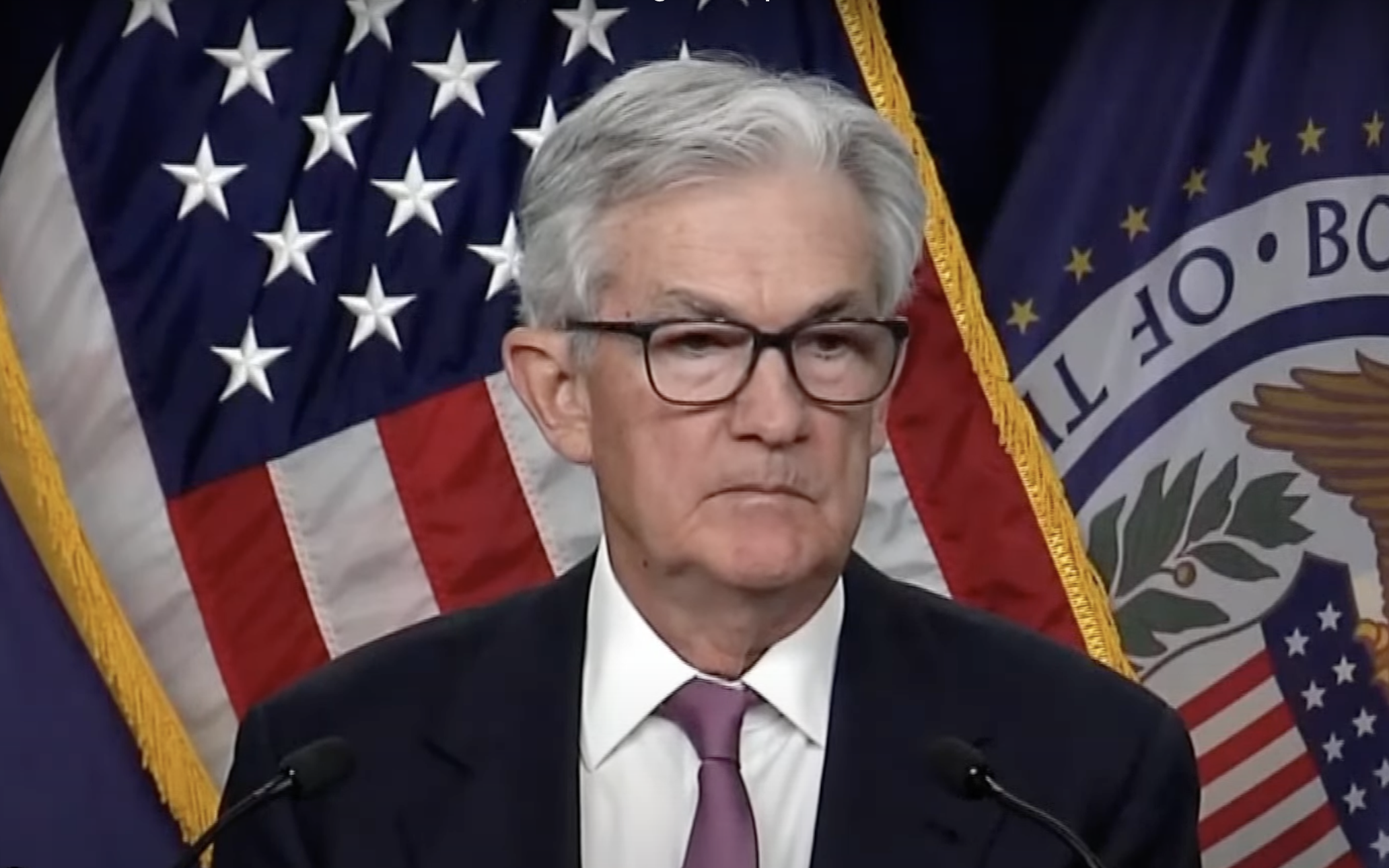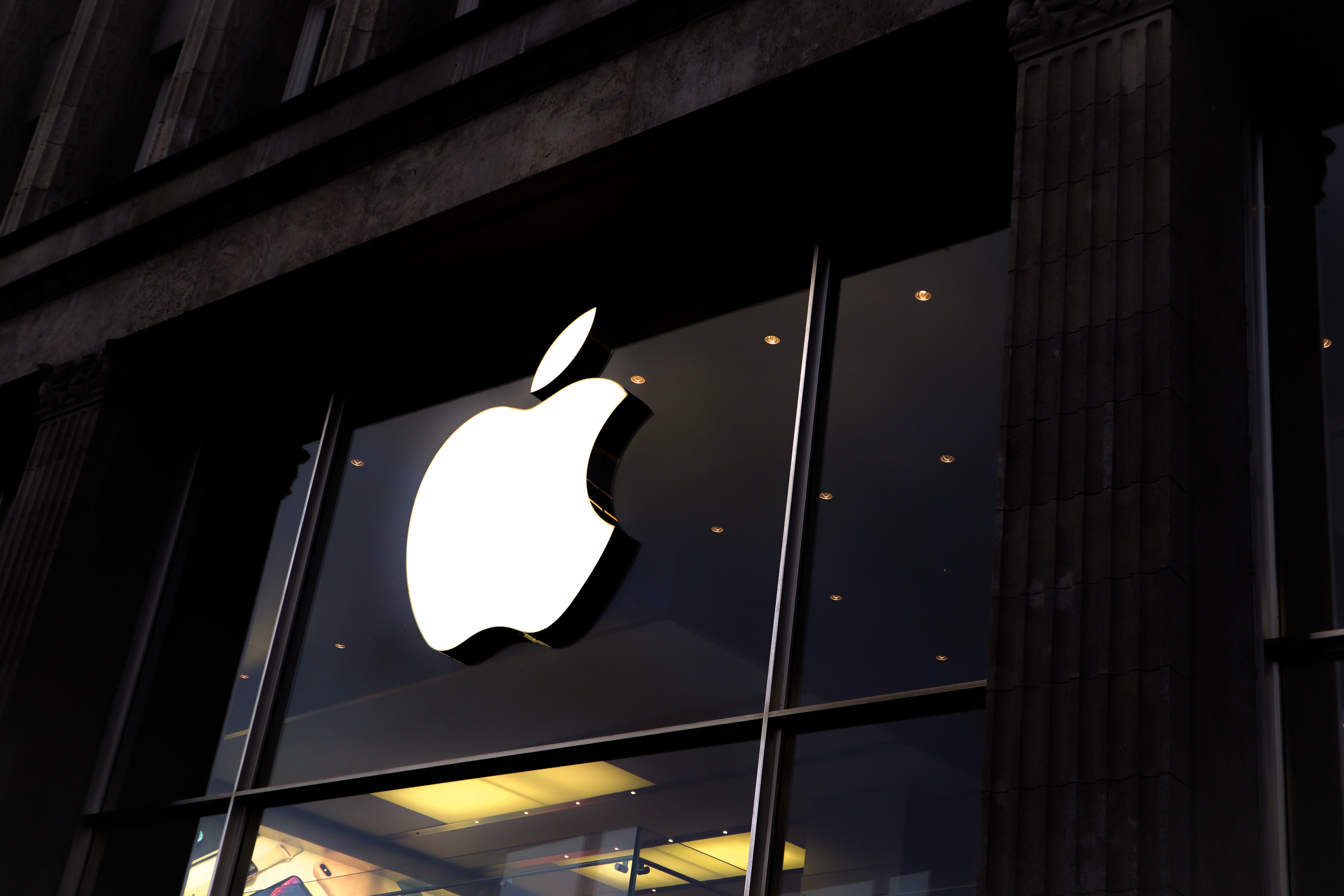The Federal Reserve raised its benchmark interest rate by 0.25 percentage points on Wednesday, marking the 10th increase in just over a year. This decision, which was widely anticipated, suggests that the current monetary tightening cycle could be drawing to a close.
The federal funds rate, which determines the cost of borrowing between banks for overnight lending and influences various consumer debt products, such as mortgages and auto loans, now sits at a target range of 5%-5.25%, the highest level since August 2007.
Investors are closely watching the Federal Reserve's future moves, particularly given concerns about economic growth and an ongoing banking crisis that has unsettled Wall Street. The central bank's post-meeting statement offered only limited insight, but its omissions were more telling than its content.
The statement left out a sentence from the previous announcement that said additional policy tightening might be necessary for the Fed to achieve its 2% inflation target. The language was also altered to describe the conditions under which further policy tightening might be appropriate, hinting at a less clear path for interest rate hikes as policymakers evaluate incoming data and financial conditions.
The decision to raise interest rates comes amid concerns about the US economy's stability and despite objections from prominent Democratic lawmakers who warned that further rate increases could lead to a recession and significant job losses. However, the labor market has remained robust since rate hikes began in March 2022, while inflation continues to exceed the 2% target that policymakers deem optimal.
The Federal Reserve has also had to contend with turmoil in the banking sector, which has seen three medium-sized banks close. Although central bank officials maintain that the industry is generally stable, tighter credit conditions and forthcoming regulations are expected to further hinder economic growth, which was only 1.1% annualized in the first quarter.
The post-meeting statement acknowledged that tighter credit conditions could impact economic activity, employment, and inflation. This language echoed the statement released in March, shortly after the collapse of Silicon Valley Bank and Signature Bank.
Economists at the Federal Reserve's March meeting cautioned that a mild recession might be imminent due to banking problems. The recent statement characterized economic growth as "modest," job gains as "robust," and inflation as "elevated."
Despite higher interest rates exacerbating banking issues, Fed officials maintain that their primary focus is on inflation. Recent data has shown a slight easing in price increases, though certain costs, such as housing and medical care, remain high. Market participants are predicting that slowing growth and the possibility of a recession may prompt the Fed to lower interest rates later this year.
Although manufacturing has been in decline for six consecutive months, the services sector, which represents a more significant portion of the $26.5 trillion US economy, indicates expansion. The labor market also continues to demonstrate resilience, with payroll processing firm ADP reporting that private-sector companies added 296,000 jobs in April, surpassing economists' expectations.









